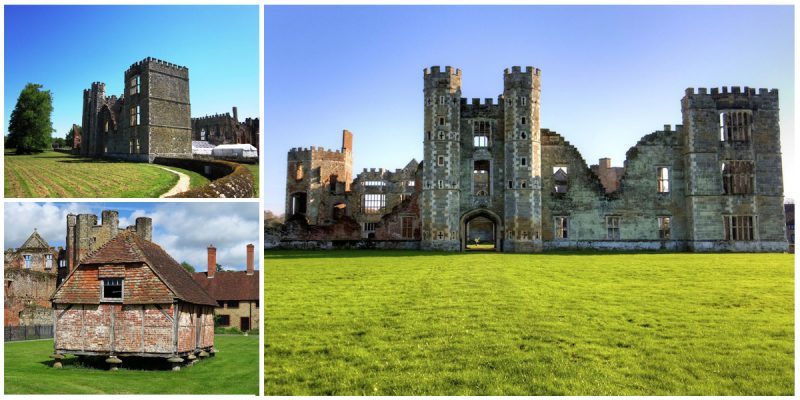One of the most important early Tudor houses in England is the Cowdray House.
Today, there are only ruins of the house made by the examples of great palaces and country houses. It is located in Midhurst, West Sussex, near the River Rother.
The original house was built between 1273 and 1284 by Sir John Bohun, and he named it “Coudreye” which is a Norman word for hazel woods that surrounded the area. It was destroyed by a fire on 24th September 1793 by cowboy builders, and since then it ha never been rebuilt.
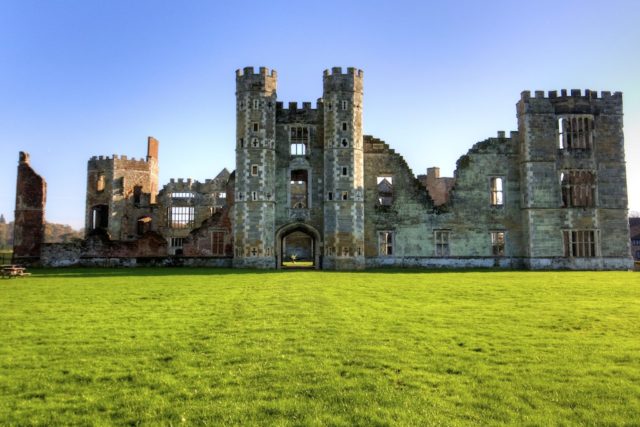
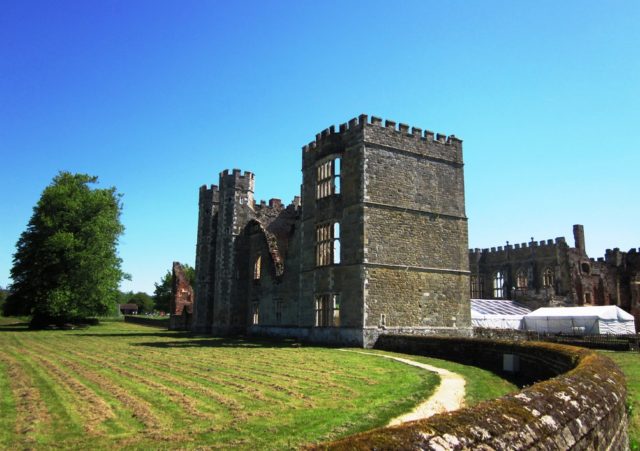
Today is designated as Grade I listed building, and after a major conservation project in the 21st century, it became open to the public, telling many stories of the owners and the life inside during the 16th century. Sir David Owen, the uncle of Henry VII, had acquired the Coudreye after the death of his wife in 1496.
He began the construction of the current house in the 1520s and after it had been finished, his son, Henry sold it to Sir William Fitzwilliam. Following the Dissolution of the Monasteries, in 1536, Fitzwilliam was given the nearby Easebourne Prior and other properties. His half-brother, Anthony Browne, inherited the house and received the Battle Abbey.
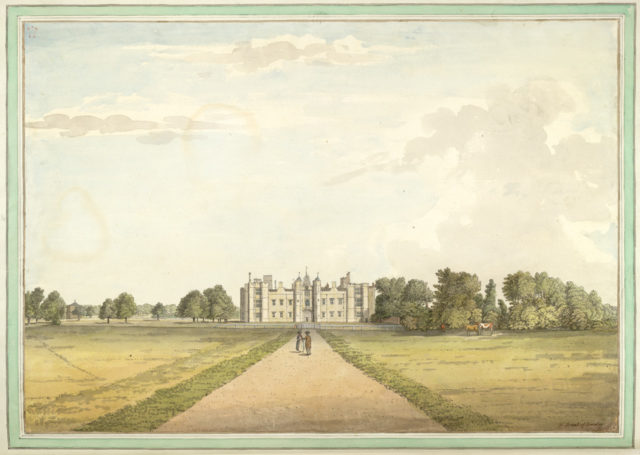
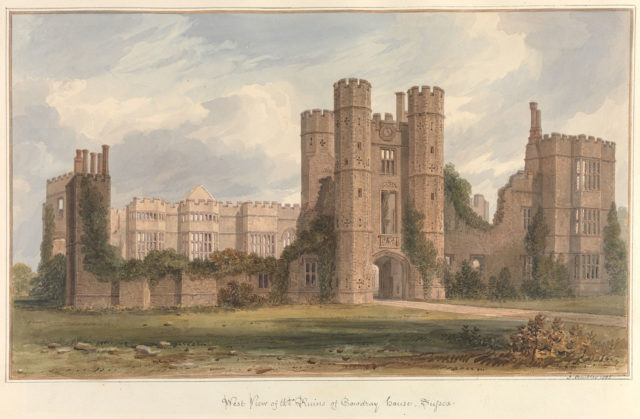
According to a story, a monk from the Battle Abbey, who was not fond of the family, cursed the house by fire and water, longing for the end of the family line and their perishment from the area. It is recorded that during his reign, Henry VIII made three visits to the house in 1538, 1539 and 1545. Later, it was attended by his son and daughter, and in 1551, the widow of James V of Scotland, Mary of Guise, spent a night there.
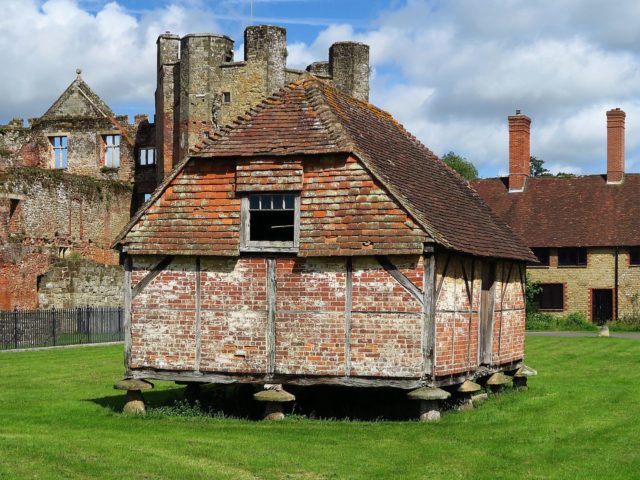
Lady Margaret Pole, who was the 8th Countess of Salisbury, was the least surviving member of the House of Plantagenet. Until September 1539, she was imprisoned in this house. From there, Margaret was taken to the Tower of London, and in May 1541 she was executed. Seven years later, the house was inherited by Sir Anthony Browne, the son of the previous Anthony Browne who was later ennobled as the 1st Viscount Montague because of the marriage of Queen Mary to King Philip of Spain.
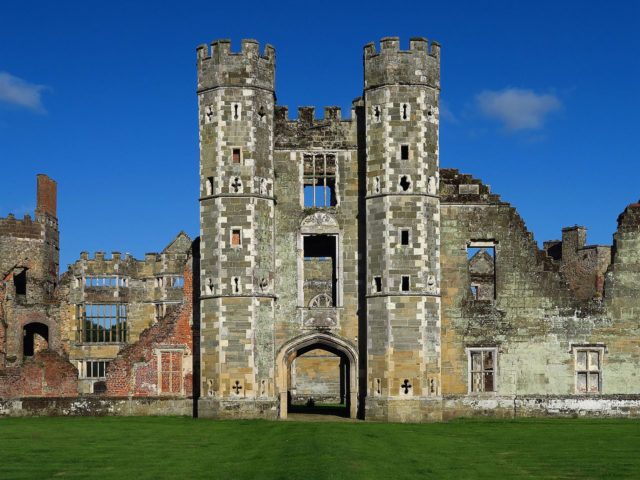
The house was left to ruin during the 19th century, and only a small alteration was made to the surviving Kitchen Tower and additionally, floors were put. After the death of the owner at that time, William Poynts, the house passed to his daughters who in 1843 sold it to the 6th Earl of Egmont.
About 30 years later, the Earl sold it to Sir Weetman Dickinson Pearson who became the 1st Viscount Cowdray in 1917. Pearson made a restoration of every unsafe structure in ruins, and today, it is owned by the 4th Viscount Cowdray. The Cowdray ruins were opened to the public in 2007.
